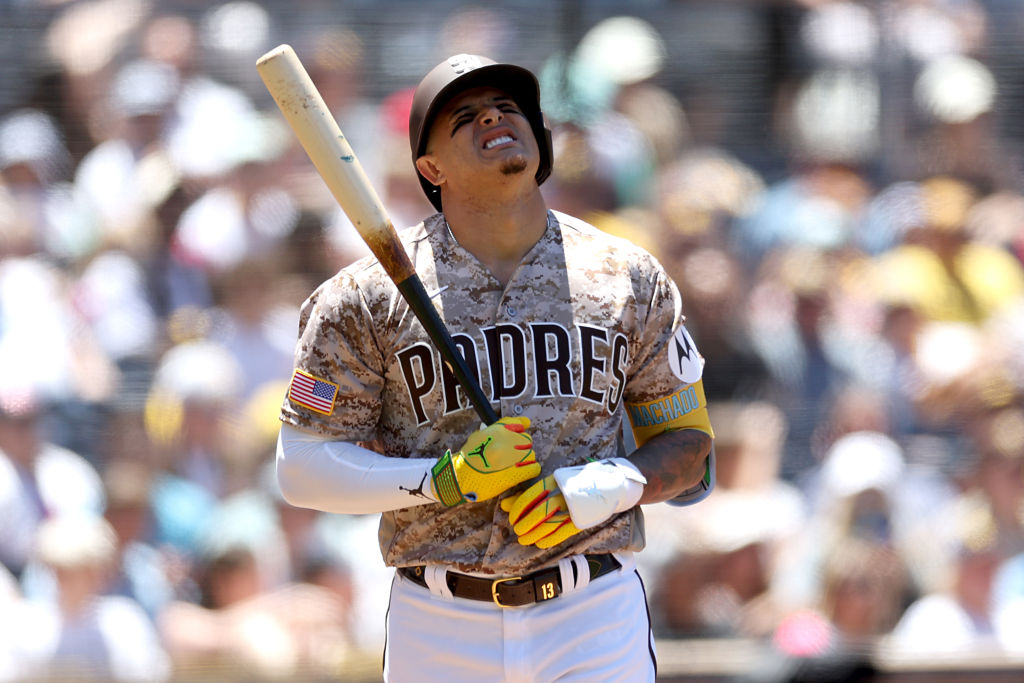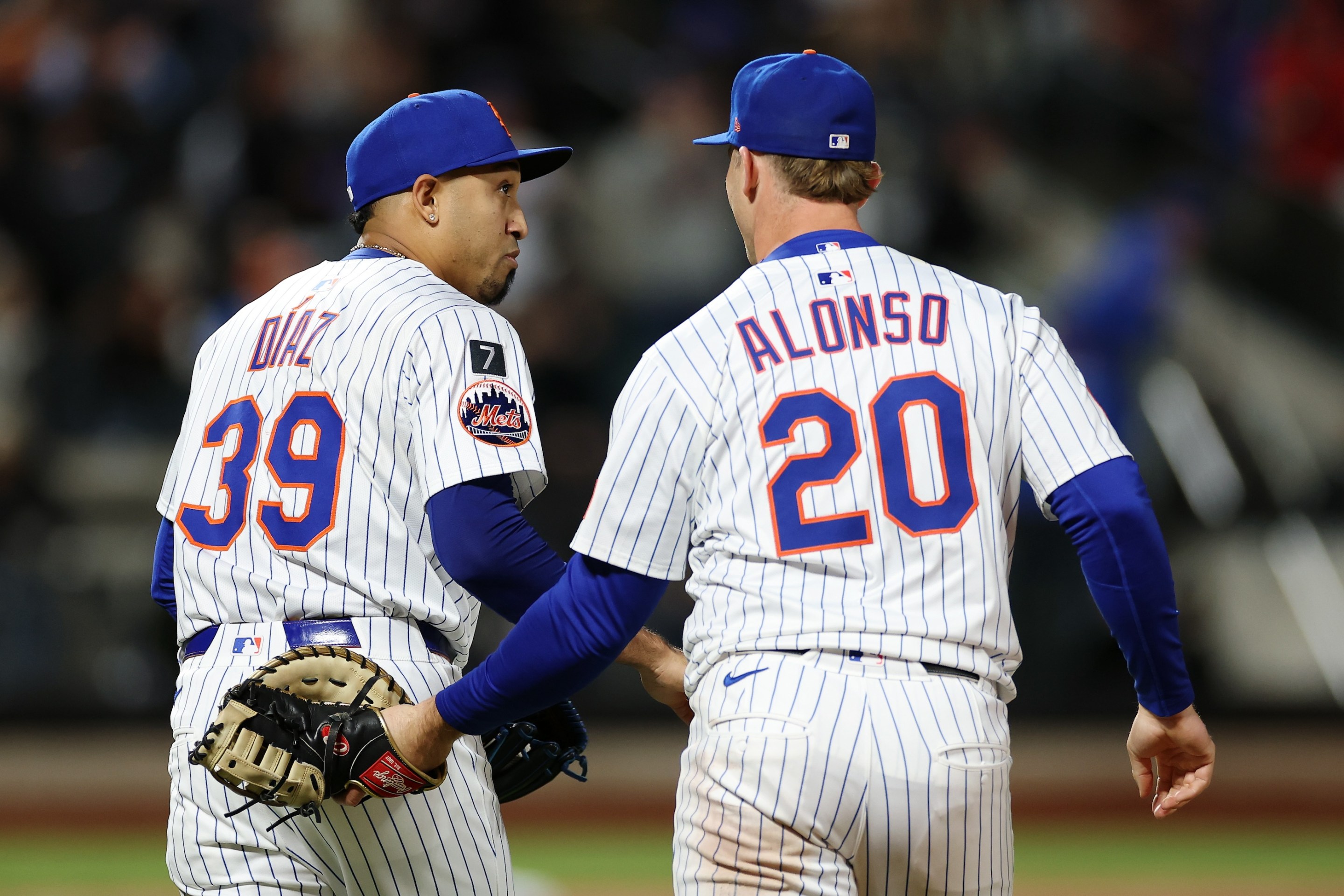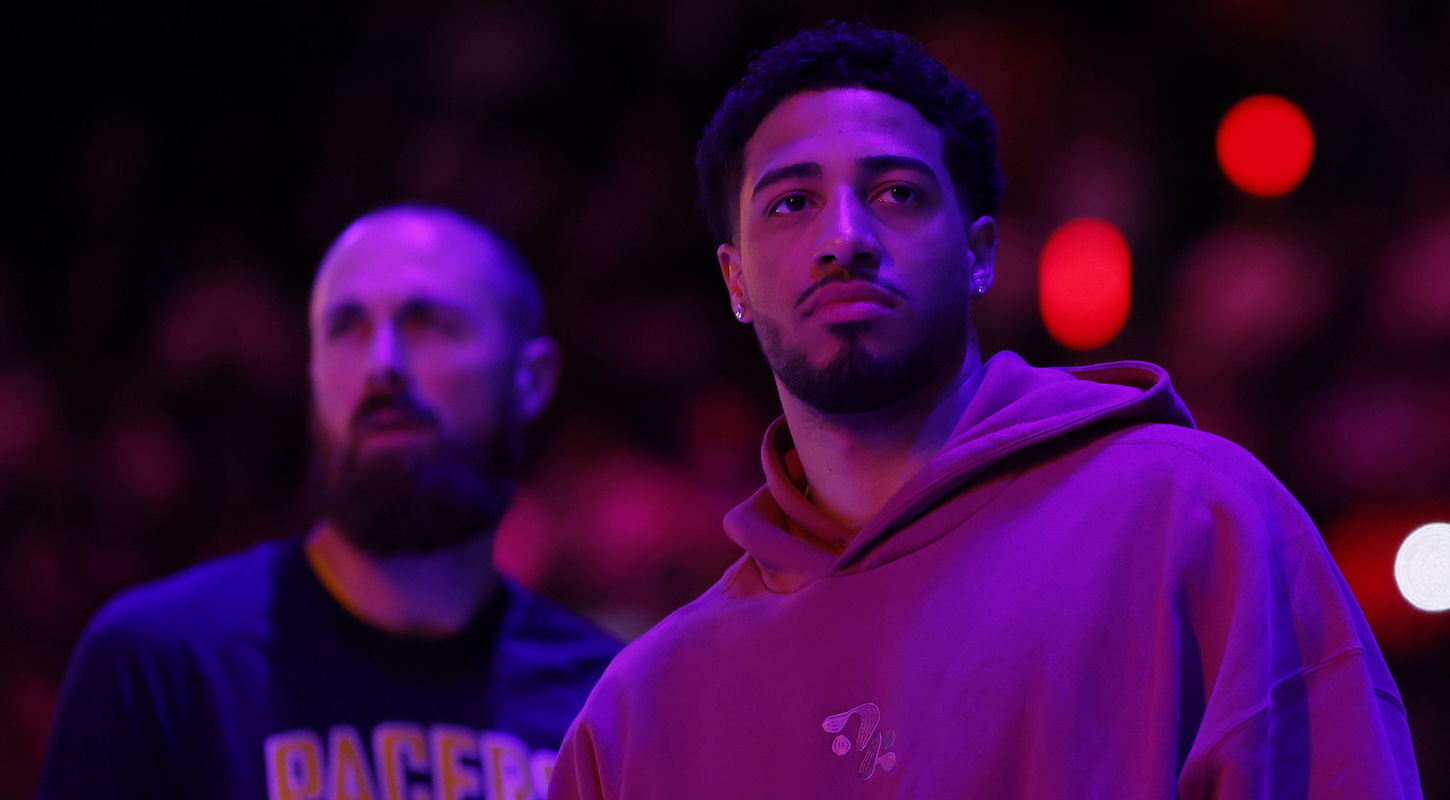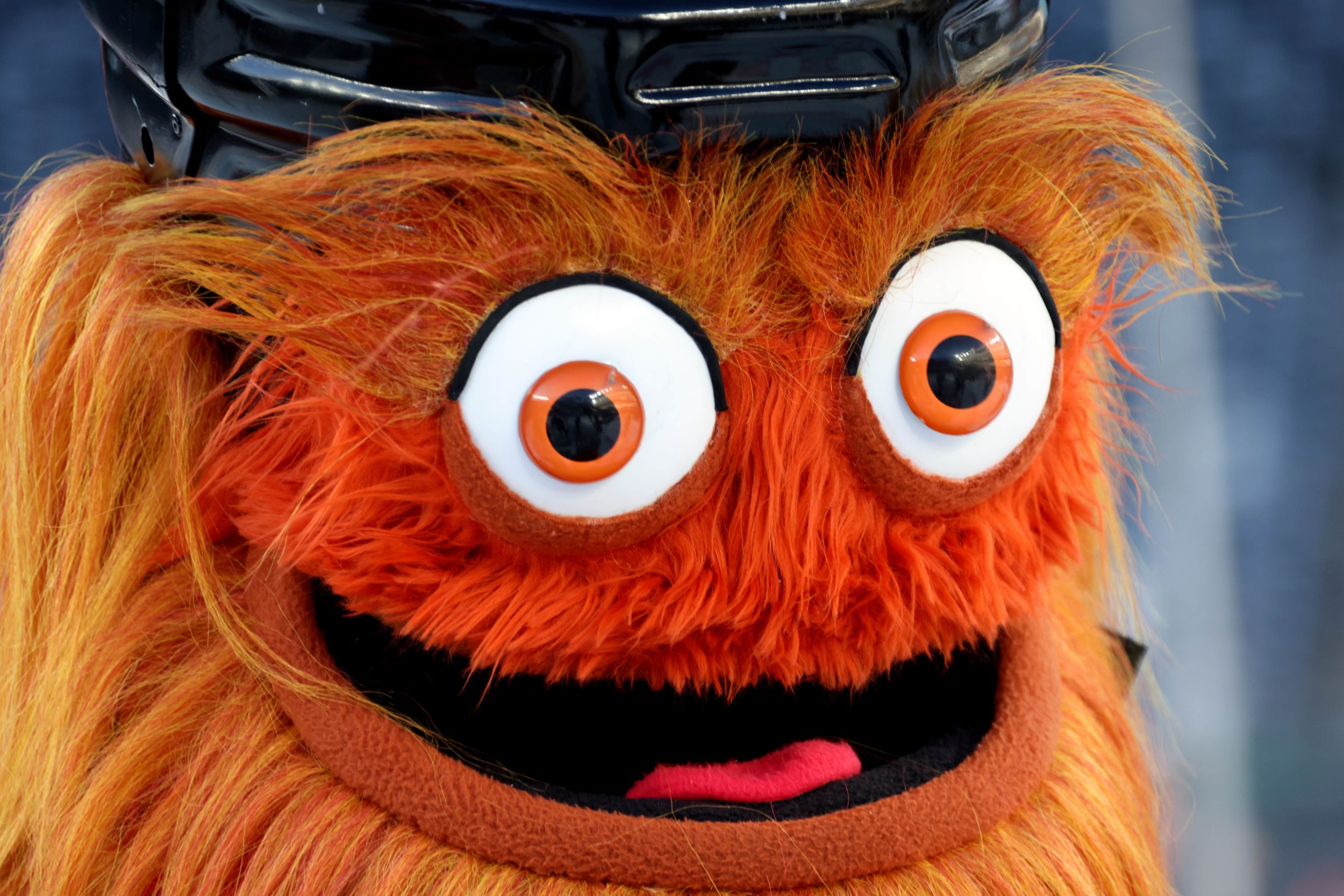Each spring, Baseball Prospectus publishes its annual book of projections to help you prepare for the upcoming season. It breaks down each team with essays by talented writers and individual profiles for more than 2,000+ players, as well as topical pieces about the sport at large and a breakdown of the game's top prospects. You can purchase the book directly from the distributor here.
You can judge the magnitude of a team’s disastrous season by how many games are left when the deeply sourced, finger-pointing post-mortem in The Athletic gets published. Longform journalism takes time and effort—a writer can’t start and end these things just on the day of mathematical elimination—so the date at the top of these articles, minus at least a few weeks, can clue a reader in on how early the team’s grave got stuck in the ground and when those around the franchise got really, really eager to vent to a reporter about everything that went wrong. Some teams don’t crave that catharsis until the very end of the year, but for others, the frustration boils over much, much earlier.
In a topsy-turvy MLB season where teams like the Diamondbacks and Orioles rose from the ashes while plenty of free-spending, ambitious franchises fell face first into the mud, The Athletic did not skimp on words while sifting through the wreckage of baseball’s biggest disappointments. On Sept. 29, Sam Blum published “How did Angels squander Mike Trout and Shohei Ohtani? It starts with the owner’s frugality,” about owner Arte Moreno’s reluctance to invest in key areas beyond pure salary. Two days earlier, on Sept. 27, Brendan Kuty and Chris Kirschner co-bylined “Behind the Yankees’ most miserable season in 30 years,” which investigated the many reasons that might explain New York’s 17-win freefall in 2023. Even before those dropped, on Sept. 21, Tim Britton and Will Sammon were able to finish “How the $445 million Mets crashed and burned.”
Before any of those pieces went public, an even more depressing report got out ahead of all of them. On Sept. 19, as 11 games still remained in the season, the San Diego Padres were toast enough for Ken Rosenthal and Dennis Lin to get the green light on “The Padres’ disastrous season reveals shaky foundation and ‘institutional failure.’” This was not some overnight hit job; it clocked in at over 4,000 words, and per the authors, the backbone of their work was “interviews over the past several weeks with more than two dozen current and former Padres employees and others in baseball.”
The kind of parched heartbreak that a team like these Padres can bring is supposed to happen in the playoffs, with everybody watching from the edges of their seats. But in August it was clear that San Diego’s 2023 would be so much of a flop that the public would demand an explanation. If anything, the recriminations on Sept. 19 were overdue. But simply pointing out several organizational problems doesn’t fully describe the damage done by this nightmare of a Padres season.
Expectations and the Padres were estranged for a long time, as much of the excitement about this team faded in the two decades after their 1998 World Series appearance. From 1999 to 2019, San Diego won one playoff game across two cameos, and heading into the plague season, they’d finished fourth or fifth in the NL West for five straight years. They were sleeping on a bed in the basement, and the door upstairs was sealed shut.
But after he was hired in 2014, Padres general manager A.J. Preller slowly assembled what would eventually become the best prospect core in baseball, led by Fernando Tatis Jr. In 2018, the team started spending—first on Eric Hosmer, and then a year later, much more impressively, on Manny Machado. The Padres beat the Cardinals in the Wild Card in 2020 before getting little-brothered by the Dodgers, and then in 2022, they struck gold at the trade deadline with a haul headlined by Juan Soto. This great leap in team construction started a bank run on their tickets and emphatically announced San Diego as yeah-duh contenders with dynastic ambitions. Their roster looked cool as hell. Their management and ownership both seemed to actually, finally care about winning, which compared favorably with too many other clubs. And beating the Dodgers to get to the 2022 NLCS felt like a solid start that would precede even greater accomplishments in 2023. Xander Bogaerts entered the mix, Tatis returned from his combination motorcycle accident/steroid suspension, and the Padres’ $249 million payroll would stand in an unfamiliar spot as third-most in the majors.
Every fan, or at least every fan of a non-traditional power, should understand how rare this wave of enthusiasm is. If you’re lucky, you get it maybe twice in a lifetime. It’s not merely the fun that comes when a perennial loser you love starts winning—it’s a rush of narcissistic joy upon realizing, suddenly, the league revolves around us. The Padres gave San Diego power in the form of attention and fear from the other 29 franchises. They united their fanbase behind the idea that, just down the street, perhaps the greatest baseball team they would ever cheer for had just been gathered. They were no longer a fourth-place team, nor a scrappy upstart underdog, nor even a “small-market” success. They were, as I vividly remember play-by-play announcer Don Orsillo shouting while I watched the Padres win their fifth straight to improve to 61-46, “Slam Diego!”
What the Padres did by building this lineup is the most good and noble act of love a franchise can demonstrate for its fans—better even than dollar hot dogs or a Shaggy concert at the end of the game. Snagging Soto and the others was unequivocally the right thing to do, from both a baseball perspective and an emotional perspective. But that’s why what happened in 2023 is so tragic. The Padres’ follow-up season broke the hearts of those who believed, squandered that all-too-rare thrill, and, worst of all, provided compelling evidence against ever surrendering to pure optimism again.
Thanks to a strong finish, last year’s Padres only finished with seven fewer wins than the previous version. It might as well have been 50. San Diego got out to a wobbly start, absorbed a bunch of hard-luck losses, struggled to find stability in the bullpen, and weathered underwhelming seasons from star hitters like Machado and Tatis. A middling start became a bad May which segued into a bleak June. It got so stressful that when I saw the Swinging Friar around the Fourth of July, he was missing most of his hair. But this Padres year didn’t even warrant the awe of a horrific flameout, or a collapse at a critical juncture. This slow slide into irrelevancy, at least from the outside, felt more like watching a NASCAR driver try to run a whole race on three tires: It’s weird for a while, and then it’s mostly just sad.
If I had to pick the specific point when the sun went out and reverse-engineer when Rosenthal and Lin started pre-writing the autopsy, I think it would have to be the one-two punch of Aug. 29 and 30. The Padres were gasping for air at this point, coming off a three-game sweep at the hands of the Brewers that featured, on that Sunday, Manny Machado repeatedly walloping a dugout cooler as vengeance for a pop out with runners in the corners. On Monday, however, they slowed the momentum with a 4-1 win over the even-worse Cardinals, sticking them in a bad—but not unsalvageable—spot seven games back of the last wild card slot. That’s when the universe told them to give up.
On both days, the Padres could have gained ground, but each time they let the Cardinals punk them. On Tuesday, they took a 5-3 lead into the bottom of the eighth, where Robert Suarez allowed a two-run shot to dead center by Willson Contreras. Then Bogaerts grounded into a double play to end their ninth, and two strikeouts plus a pop out with a man on third killed their tenth. After the sides switched, Josh Hader allowed the walk-off with a liner to left courtesy of Tommy Edman.
Wednesday, the walk-off happened an inning earlier, as a go-ahead Soto single in the seventh held only until Hader appeared to go for a save. The star closer got the first two outs, but Masyn Winn conjured up a double, and Edman topped himself with an opposite-field ball to the bullpen. Orsillo, who had wielded the triumphant, swaggering Slam Diego moniker, maintained his professional veneer as he summarized the outcome in a way that almost sounded like a question. But he could punctuate the facts of the conclusion with just one single editorialized word that stood alone amid the celebration: “Stunning.”
The Padres were 62-72 at this point. What could they possibly do but sift through the wreckage and complain while reporters listened? And The Athletic’s post-mortem had no shortage of complaints from various interviewees. Among the gripes: Preller as a micromanager who struggles to communicate or maintain relationships; Machado as a “temperamental, inconsistent” facsimile of a leader; the overall star power of the locker room diffusing responsibility; and the unconventional hire of Kiwi softball coach Don Tricker—who had neither a medical background nor a baseball one—as director of player health and performance and alleged “spy for the front office.”
When it comes to these kinds of pieces, however, the juicy quotes are only part of the story. What’s more compelling, as a baseball fan, is trying to divine the reasons behind these quotes—not just petty score-settling but deeper, less immediately legible feelings. On the surface, they attempt to portray a cause-and-effect in the way the Padres’ year went down. If Preller was more chill, if the staff was in better tune with the players, if they had a focal point on the team who could really inspire them … maybe the Padres would have won just a few more games and completely changed their season. It’s almost a comforting narrative, even as it embeds itself in countless flaws, because it implies that all these issues can be fixed. But what this genre of sports journalism really captures is a large group of people who despise losing as they grapple with unthinkable failure. For as much blame that’s been cast as a consequence of the team’s fall, sometimes a team just breaks, in disastrous fashion, and all the actors involved can do is play their role in the tragedy.
Heading into 2024, everything about the Padres feels different from the can’t-wait ecstasy of 12 months ago. The memories of the playoffs are long forgotten. Even before well-liked team chairman Peter Seidler’s passing, the team indicated they would cut payroll for 2024. Sure enough, Juan Soto was dealt to the Yankees for almost half a dozen unproven pitchers, and the team has replaced Josh Hader with higher-risk imports in Yuki Matsui and Woo-suk Go.
The Padres can still be a winning team, and they can improve on what they put to tape last year. But where a pennant run back then would have been a roller coaster zooming downhill from the very start, this season is a battle to win back the hearts and minds of many of their fans. The Padres sold out their 2023 season tickets based on the widespread belief among their customers that their purchase would provide access to something special. This belief was backed by math and hard evidence—the sheer glee that resulted from summing the WARP their roster consistently provided and the Palomar Mountain high that came from vaporizing the Dodgers in October. A year later, 2024 now asks fans to believe without seeing—to forget the dreadful misery, cast off the burden of unfulfilled expectations, and risk disappointment while they embrace the possibility that this team could be real contenders once more.
To do that, you have to see some glimmer underneath the rubble. I don’t believe that their futile September charge was anything worthwhile—the pointlessness of the wins made them even more painful—but I scoured the Padres’ season for a silver lining and came away with footage of the team’s May 5 win at home against the Dodgers, which put their record at 18-15. On this Friday night in front of a packed house, Yu Darvish outdueled Clayton Kershaw, Tatis rocketed two dingers over the fences, and Hader got the last two outs on swings and misses while the whole crowd stood. After that final strike, an exuberant Tatis flipped his cap around, rotated to the right field seats, and gave the “rock on” gesture as he bounced on his cleats before turning to zip toward the infield in celebration. He never looked happier. This, I thought, is the kind of reward everyone deserves when they give something their all. For San Diego, and for their fans who’ve been knocked on their asses, 2024 is about trying to recapture the belief that a night this fun can be experienced again, dozens of times, all the way through October.







